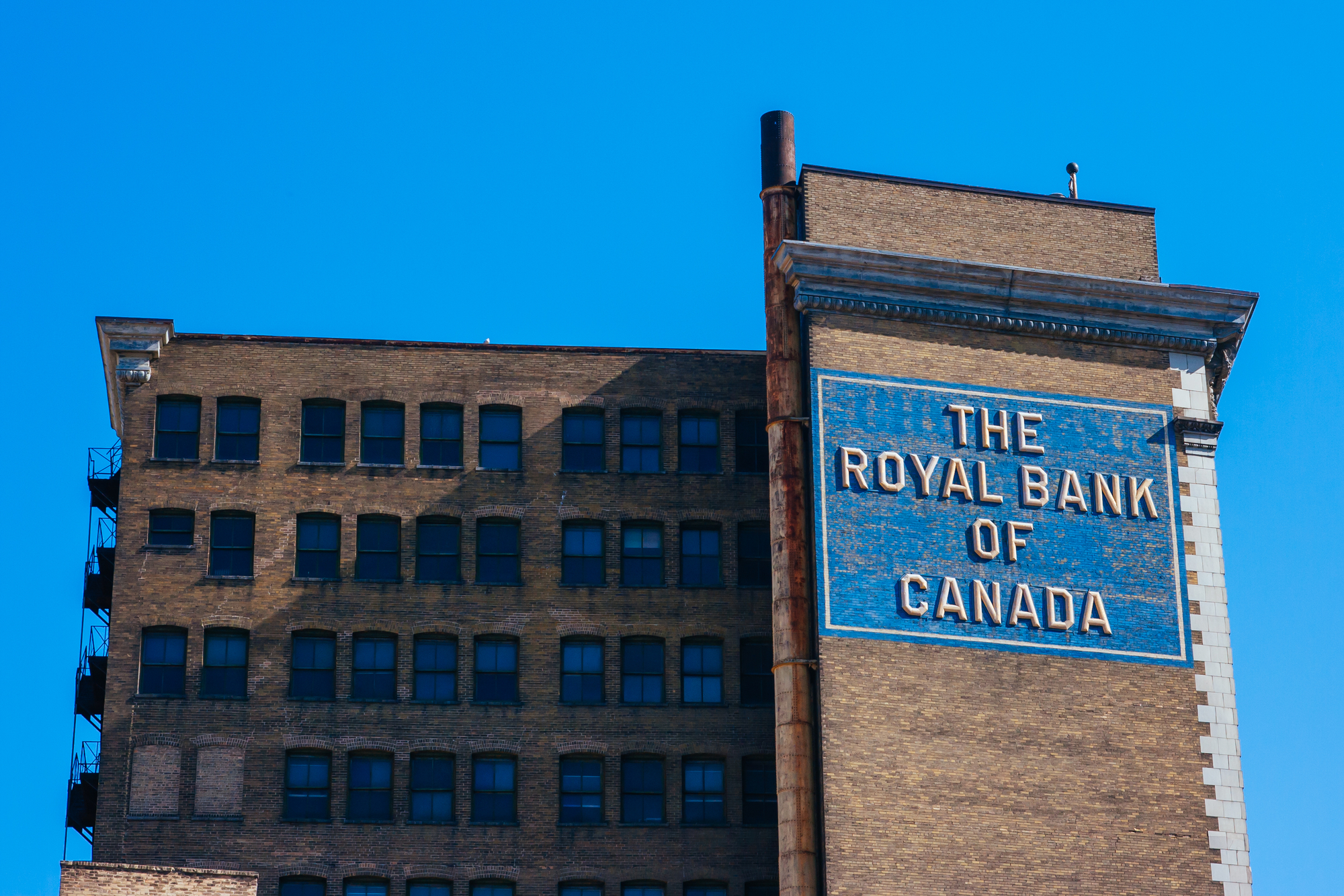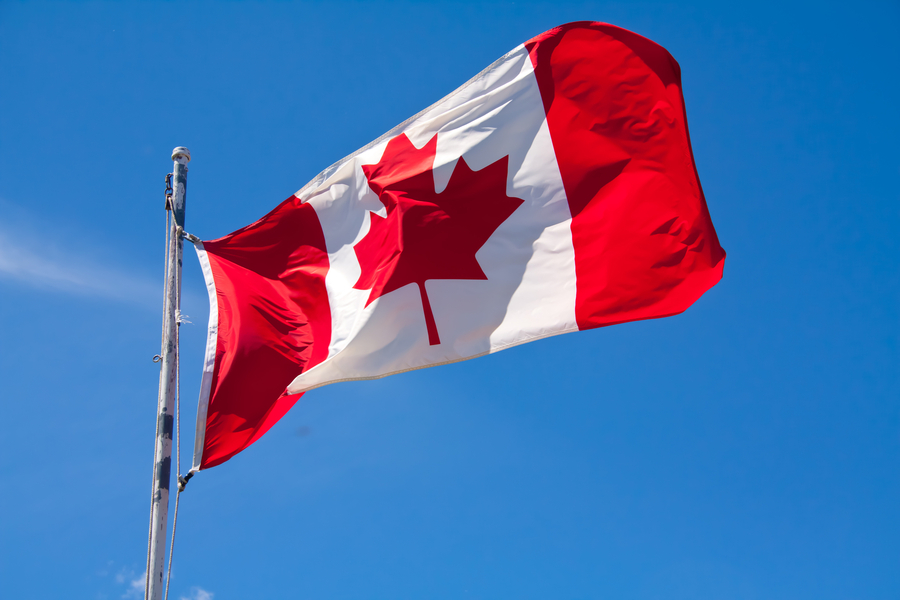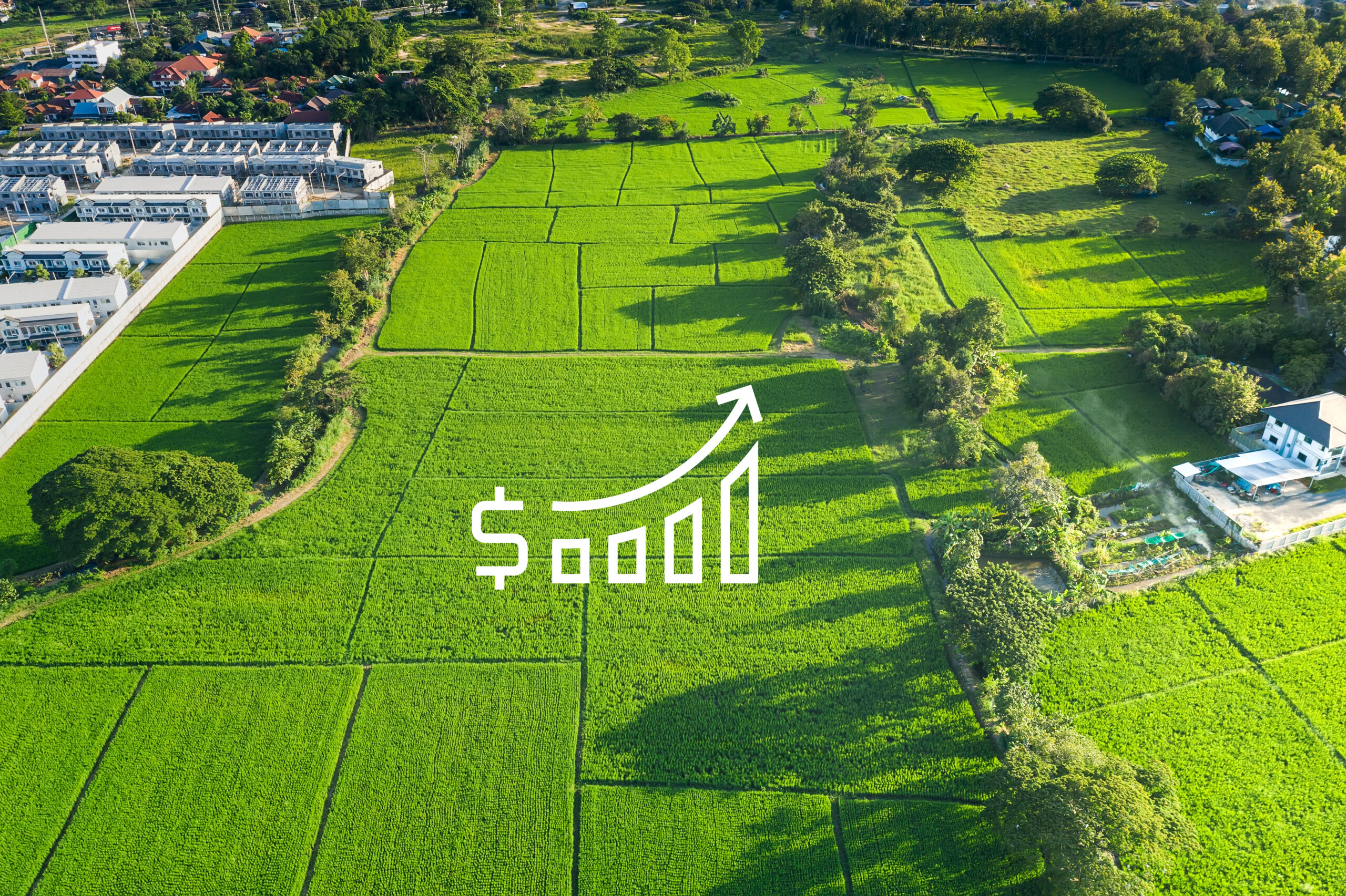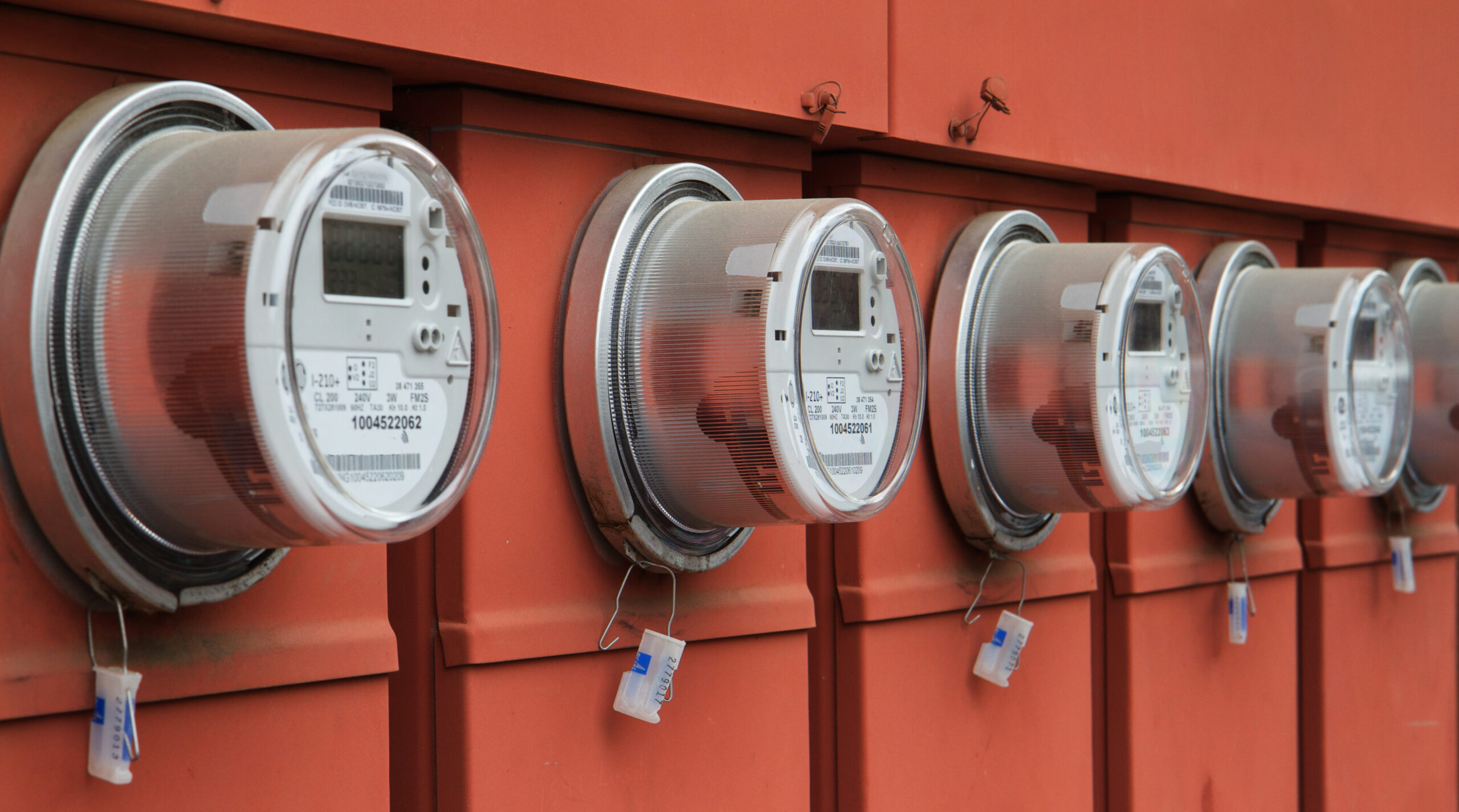What is Inflation, eh?
The best description that I have read for what exactly inflation comes from the European Central Bank: In a market economy such as ours, the price of goods and services can always fluctuate; Some prices rise while others fall. Inflation occurs when there is a broad increase in consumer prices of goods and services, not just higher prices on single items.
Not all the time but often, it’s marked by rising food prices, an increase in shelter costs including home energy prices, and an increase in crude oil prices which means that we’re not excluding gasoline from this list, either.
In its most basic terms, inflation is when you can buy less for $1 today than you were able to yesterday.
On a national level, the major danger of inflation is when present for longer periods, it reduces the value of the currency over time. Keeping Canadians ‘ purchasing power and the country’s standard of living is the ultimate goal.
An increase in CPI data affects everyone’s daily life. When we turn our minds to something everyone needs- food products, for example.
Higher fresh vegetable prices, when coupled with an increase in personal care and meat prices, you get less bang for your household operations budget and the money needs to come from somewhere. This forces Canadian families to make tough choices.
How it Works in Practice
To measure inflation, the Bank of Canada looks at the Consumer Price Index or CPI and compares it with historical data from Statistics Canada to measure how quickly the Consumer Price Index in Canada is rising.
For example:
- In one year, the basket of goods and services the Consumer Price Index uses (often referred to as the CPI basket) costs $100.
- The next year, the same basket costs $102. That means the average annual inflation rate is 2 percent.
Let’s pull the lens out further and follow BNN Bloomberg’s example of cooking oils. Restaurant owners say they used to pay 18-20 dollars for 16 litres of cooking oil and now it’s around 45 dollars for the same amount. That is an increase of a whopping 150 percent.
That, in turn, becomes the consumer’s problem with food purchased at a restaurant. Whereas before a pound of wings would cost the average Canadian $8, compared to now. Prices rose several times this year so now a pound of wings will cost you on average 15 dollars a pound.
This is also not a uniquely Canadian problem. The higher costs of edible fats is a global impactor. India, the top importer of edible oils, along with other Middle East countries, is especially at risk with Ramadan approaching in the spring.
Data shows that India imports about 6o percent of its cooking oil needs and consumer food prices have risen at the fastest pace in 14 months.
What is Causing the Inflation Rate to Rise?
Commodities (otherwise known as goods and services) and subsequent Canadian inflation have been rocked by Russia’s invasion of Ukraine resulting in rising prices.
The sweeping U.S. and European sanctions that ensued compounded the issue and prices rose faster.
Supply chain disruptions play a significant role as well. We don’t need a Chief Economist to tell us that where there is increased demand due to scarcity, there is, or will be in short order, higher prices for those items.
Consumer Price Index
According to Forbes.com’s September 7th article entitled Why Is Inflation So High? The CPI saw a .8 percent increase year over year. The US rate is at 7.6 percent increase year-over-year, up from 6.8% in April, in large part because of the price of gas, which rose by 12% in May from the previous month.
One of the fastest pace items both north and south of the border, to feel the impact of inflation is fuel. Excluding gasoline from the conversation around the Canada inflation rate. We saw when crude oil prices rose in the summer, Canadians were feeling less polite when it came time to pay those skyrocketing gas prices at the pump.
Fuelling up is now 48 percent more expensive compared to the same time in 2021. Before you look for vehicles that run on other fuels or hybrid vehicles, please note that 2021-2022 saw the largest increase in its annual rate of demand than in past years.
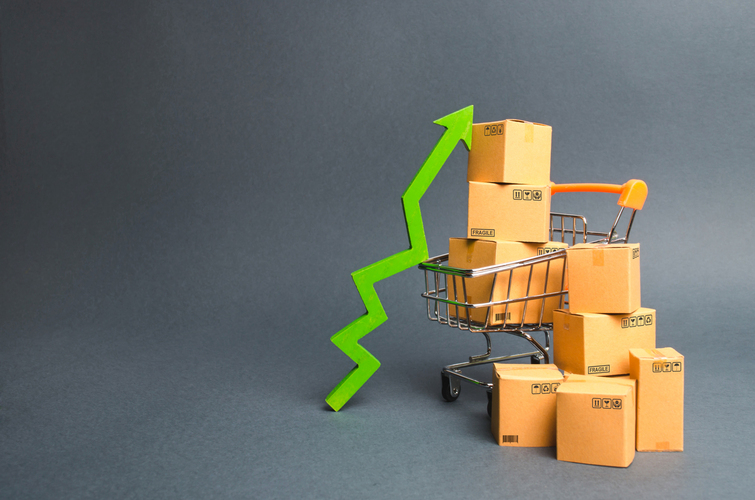
What is Canada’s Inflation Rate Now?
The Bank of Canada has put steps in place by raising interest rates. The result of which is the Canadian inflation mark in August found a slower pace to 7 percent in August of 2022, from 7.6 percent in July and below market estimates of 7.3 percent. This was the largest increase that the Bank of Canada has put in place since January 1983.
What’s Fuelling It
Pardon the pun! Before celebrating too much or booking traveller’s accommodation reservations, Canada’s gas prices still have an inflation rate attached to them.
When we turn to CAA.ca, the annual inflation rate statistics show that gas will cost you 1.48 per litre compared to $1.55 when we track the fuel expense on a monthly basis. Fuel service prices compared to a year ago ran at about $133.7 per litre in Ontario. Prices vary greatly depending on where in Canada you put the pin. For example, in Charlottetown, Prince Edward Island, data shows a price of $1.46 per litre for fuel yesterday.
Prices also decelerated for shelter (6.6 percent vs 7 percent), and for recreation, education, and reading products and services (5.7 percent vs 6.2 percent). In the meantime, costs continued to pick up for food (9.8% vs 9.2%) and household operations, furnishings, and equipment (5.1% vs 5%).
Inflation History Lesson
Economics.td.com shared historical data analysis of high inflation. In the ’70s and ’80s, there were two distinct inflation eras that led to double-digit price increases in Canada. One from 1971 to 1976, and the other from 1977 to 1983.
In both cases, food and energy price shocks were the triggers of the spike in Canada’s inflation data. In the first episode, adverse weather in 1973 caused food prices to jump 18.4%, according to Statistics Canada.
And following the Yom Kippur war in that same year, a quadrupling in the world price of crude oil caused a massive spike in gasoline prices. By December 1974, Canadian inflation had hit an all-time high of 12.7%. Consequently, the economy entered a recession as the cost of living reached epic new heights.
The second inflationary spike was an echo of the first one. In 1978, meat prices skyrocketed by 70%, causing the overall food index to rise by 20.2% and so-called vice taxes, where the price of unsavoury lifestyle choices such as alcoholic beverages and tobacco products prices outpaced exponentially the price rise of more family-friendly products.
The next major event was the Iranian Revolution. That uprising caused the 1979 oil crisis, which was followed by the Iran-Iraq war of 1980. This resulted in another doubling in the price of oil. Canadian gasoline prices ended up rising by 45.5% in 1981, which shoved not pushed Canadian CPI to an all-time high of 12.9%.
In Conclusion
With all of the forecasts of doom and gloom of rising consumer prices, one could get caught up in it and start stockpiling canned goods, but rest easy, Bank of Canada’s Governor, Tiff Macklem, and his team of experts have positioned Canada with his tough and thoughtful interest rates extremely well to weather the storm of the post-pandemic global inflation contributors.





